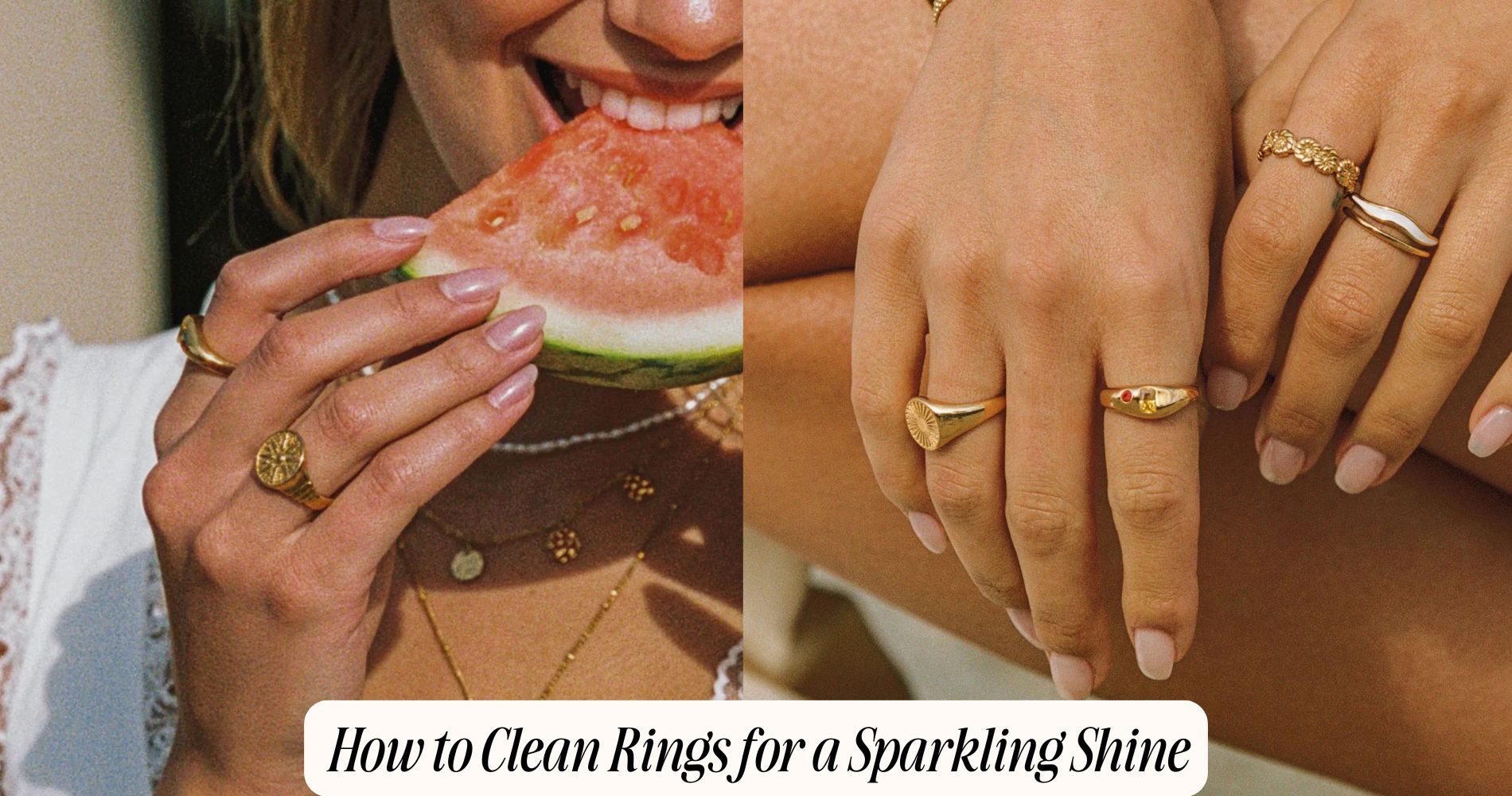
How to Clean Rings for a Sparkling Shine
Wondering how to clean rings without damaging them? Start by identifying the metal and gemstone type to choose the right method. Soak your ring in lukewarm water mixed with mild dish soap for 15–20 minutes, then gently scrub away dirt using a soft, non-abrasive brush—especially under the settings. Rinse thoroughly, dry with a lint-free cloth, and apply a jewelry-specific polish for added shine. Be extra careful with softer gemstones and always avoid harsh chemicals. For rings that stay brilliant with less effort, explore our tarnish-free rings made to resist everyday wear. There’s even more to keeping your jewelry stunning just ahead.
Understanding the Materials in Your Rings
Before you begin cleaning your rings, it’s essential to identify the materials they’re made from. Examine each piece closely to determine the metal types—gold, silver, platinum, or alternative alloys—since each reacts differently to cleaning agents and methods.
Pay close attention to any gemstones set in your rings. Different stones, such as diamonds, emeralds, pearls, or opals, have unique hardness levels and sensitivities. Effective gemstone care means recognizing these distinctions so you can avoid harsh chemicals or abrasive tools that might scratch or damage softer stones.
Understanding the interplay between metal types and gemstone care allows you to select cleaning techniques that preserve both the setting and the stone’s brilliance. By accurately identifying materials, you’ll prevent accidental harm and maintain your rings’ structural and visual integrity.
Gathering the Right Cleaning Supplies
Once you’ve identified your rings’ materials, select cleaning supplies tailored to their specific needs. Use non-abrasive microfiber cloths for gentle wiping, and soft-bristled brushes to reach intricate settings without scratching metals or gemstones.
For most rings, a small bowl, lukewarm water, and a mild, ammonia-free dish soap are essential. If your ring has undergone resizing or features sensitive settings, prioritize tools that won’t strain soldered joints or loose stones.
Avoid harsh chemicals and rough materials, which can degrade delicate alloys or cause micro-abrasions. Keep your cleaning supplies organized in your jewelry storage area to prevent cross-contamination with other household cleaners.
Preparing a Gentle Cleaning Solution
With the right supplies on hand, you can prepare a gentle cleaning solution that protects both metal and gemstones. Start by filling a bowl with warm—not hot—water. Add a few drops of mild, ammonia-free dish soap. Stir gently to distribute the soap evenly.
Resist the urge to use harsh chemicals or abrasive powders, as these can damage settings or stones. Don’t fall for common ring cleaning myths that suggest toothpaste or baking soda for all rings; these substances can scratch softer stones and wear down metal over time.
If you prefer natural cleaning remedies, verify they’re safe for your ring’s materials. For most rings, mild soap and water offer a controlled, effective clean. Always double-check the compatibility of your chosen solution with your ring’s specific gemstones and metals.
Soaking Your Ring for Optimal Results
After preparing your cleaning solution, submerge your ring fully to guarantee all surfaces interact with the soapy water. For ideal results, ensure the ring soaking process lasts at least 15 to 20 minutes. This duration allows the solution to penetrate intricate settings and loosen embedded debris.
Use a bowl made of glass or ceramic to avoid unwanted chemical reactions, especially with delicate metals or gemstones. During ring soaking, avoid stacking pieces, as contact can cause scratches or unwanted friction.
Monitor the solution’s clarity, as excessive cloudiness may indicate heavy dirt release—refresh if needed. For rings with fragile stones or glued components, limit soak time to prevent loosening.
This careful, precise soaking prepares your ring for subsequent cleaning steps and ensures ideal results.
Brushing Away Dirt and Grime
Although soaking loosens most debris, effective cleaning requires targeted brushing to dislodge stubborn dirt from crevices and under settings. Use a soft-bristled brush—ideally designed for jewelry—to prevent scratches on metal or gemstones. Move the brush gently along the band, focusing on details where grime accumulates, especially around prongs and beneath stones.
If your ring has undergone ring resizing, pay extra attention to the joints, as these areas often collect buildup. Avoid aggressive scrubbing, which can damage delicate settings or loosen stones. Always consider the material—platinum, gold, or silver may require different brush types or pressure.
Clean in a well-lit area to spot any missed sections. After brushing, place your ring in a secure jewelry storage tray to prevent loss or scratches during the next cleaning steps.
Rinsing and Drying Your Ring Properly
How do you guarantee all cleaning agents and loosened debris are fully removed from your ring? You should rinse your ring under a gentle stream of lukewarm water, ensuring that every crevice, including under the setting and around the band, is thoroughly flushed.
Hold your ring securely, especially if it’s a smaller ring size, to prevent accidental loss down the drain. After rinsing, immediately pat the ring dry with a lint-free, soft microfiber cloth. Don’t use tissue or paper towels, as fibers or scratches can compromise the metal’s finish.
The drying process is critical; moisture can harbor residue or even promote tarnish with frequent cleaning. Your cleaning frequency and careful rinsing directly impact your ring’s long-term brilliance and structural integrity.
Polishing Techniques for Extra Shine
Once your ring is thoroughly rinsed and dried, proper polishing elevates its luster beyond basic cleaning. Use a specialized polishing cloth designed for jewelry, ensuring it’s suitable for your ring’s specific metal type.
For metal polishing, apply gentle, circular motions to avoid scratching the surface. Pay close attention to the contours and settings, as improper technique can dull the finish or dislodge delicate prongs.
If you’re working with a diamond cut ring, focus on the metal rather than the stone itself, as polishing compounds may cloud the diamond’s facets.
Always inspect the ring under a bright light to make sure all residues are removed. Avoid abrasive materials, which can mar both the metal and the fine edges of any diamond cut detail.
Cleaning Rings With Gemstones Safely
Because gemstones vary widely in hardness and sensitivity, you need to tailor your cleaning approach to protect both the stone and its setting.
First, assess gemstone durability. Diamonds and sapphires withstand gentle brushing, but softer stones like opals or pearls require only damp cloth cleaning.
Avoid harsh chemicals, especially if your ring features multiple gem types. Always consider metal sensitivities as well; certain solutions may tarnish gold or corrode silver.
Use lukewarm water and a mild, non-abrasive soap. Gently clean with a soft brush, keeping pressure minimal to prevent dislodging or scratching.
Rinse thoroughly and pat dry with a lint-free cloth.
Store gemstone rings separately to reduce abrasion and preserve brilliance. This careful method respects both the integrity of your stones and the metal’s longevity.
Avoiding Common Cleaning Mistakes
Even with a careful approach to gemstone care, several common cleaning mistakes can compromise your ring’s condition. You should never use harsh chemicals like bleach or acetone, as these can erode metals and weaken the gemstone setting.
Avoid ultrasonic cleaners if your ring has been recently resized or has delicate stones, since vibration may loosen prongs or disrupt the ring resizing work. Always inspect the gemstone setting closely before cleaning; if you spot any movement or gaps, take the ring to a jeweler instead of cleaning it yourself.
Using abrasive brushes or rough cloths can scratch both metal and stones, reducing brilliance. Stick to gentle, non-abrasive cleaners and use a soft-bristled brush.
Precision and awareness of your ring’s unique construction prevent costly damage.
Storing Your Rings to Maintain Their Sparkle
While proper cleaning techniques restore a ring’s brilliance, strategic storage is essential to preserve that luster between wears. Use a dedicated ring storage box with individual, soft-lined compartments to prevent metal-on-metal abrasion and gemstone scratches. Avoid tossing rings into catchall dishes, which invite unnecessary friction and dust accumulation.
For optimal ring organization, separate pieces by material—store silver away from gold, and keep soft gemstones isolated from harder stones to prevent damage. Desiccant packets in your storage container help minimize moisture, protecting metals from tarnish and gemstones from cloudiness.
Always store rings away from direct sunlight and temperature extremes, as these can degrade both metal and stones. With careful ring storage and methodical ring organization, you’ll maintain your rings’ sparkle and structural integrity over time.
Frequently Asked Questions
How Often Should I Clean My Rings for Best Results?
You should set a cleaning schedule based on your ring’s material and daily exposure. For ideal ring polishing, clean most rings weekly, but delicate gemstones or softer metals require less frequent care to prevent damage and maintain brilliance.
Can Ultrasonic Cleaners Damage My Rings?
Ultrasonic cleaners can cause jewelry damage if you ignore ultrasonic safety guidelines. They're safe for hard gemstones and metals, but you shouldn't use them on soft, porous stones or glued settings, as vibrations may loosen or crack materials.
What Should I Do if My Ring Is Tarnished?
If your ring is tarnished, you should use precise ring tarnish removal methods tailored to your metal type. Apply professional jewelry polishing techniques, such as specialized cloths or non-abrasive solutions, to restore brilliance without damaging delicate materials.
Are There Professional Cleaning Services for Rings?
Yes, you can use professional cleaning services for rings. Experts assess your jewelry’s material, ensuring safe cleaning. Many jewelers also offer jewelry appraisal and ring resizing, maintaining precise craftsmanship and protecting your ring’s structural integrity.
Is It Safe to Clean Antique or Heirloom Rings at Home?
You shouldn’t clean antique or heirloom rings at home without expert guidance. For proper antique preservation and heirloom care, you must know each material’s vulnerabilities, as improper cleaning techniques or chemicals can cause irreversible damage to delicate settings and stones.
Conclusion
By understanding your ring’s materials and using the right cleaning techniques, you’ll maintain both brilliance and structural integrity. Always opt for gentle, non-abrasive solutions and tools, especially with delicate gemstones. Avoid harsh chemicals and remember to dry and store your rings properly to prevent tarnish or scratches. With regular care and attention to detail, you’ll keep your rings sparkling and in top condition, ensuring their beauty and value last for years to come.








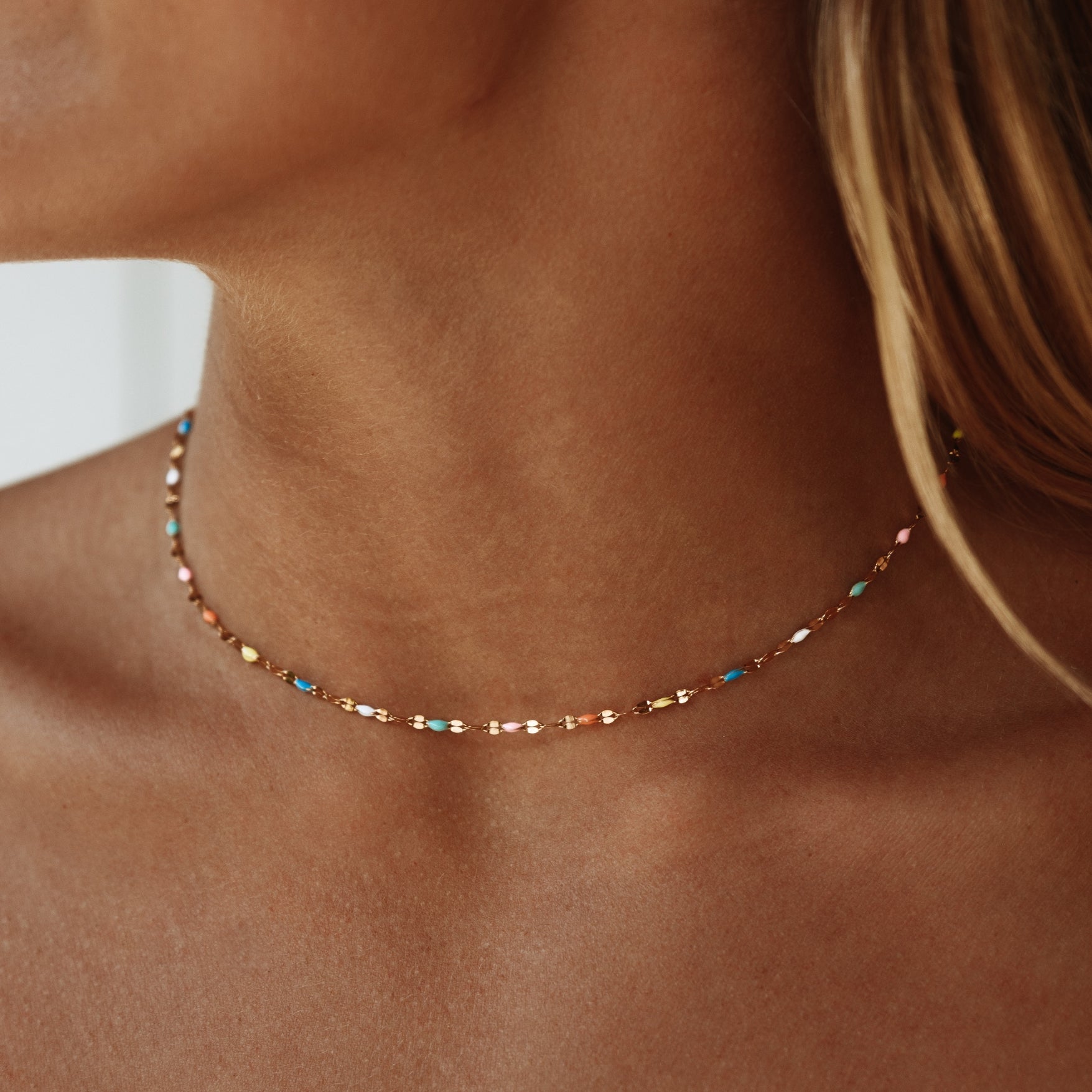
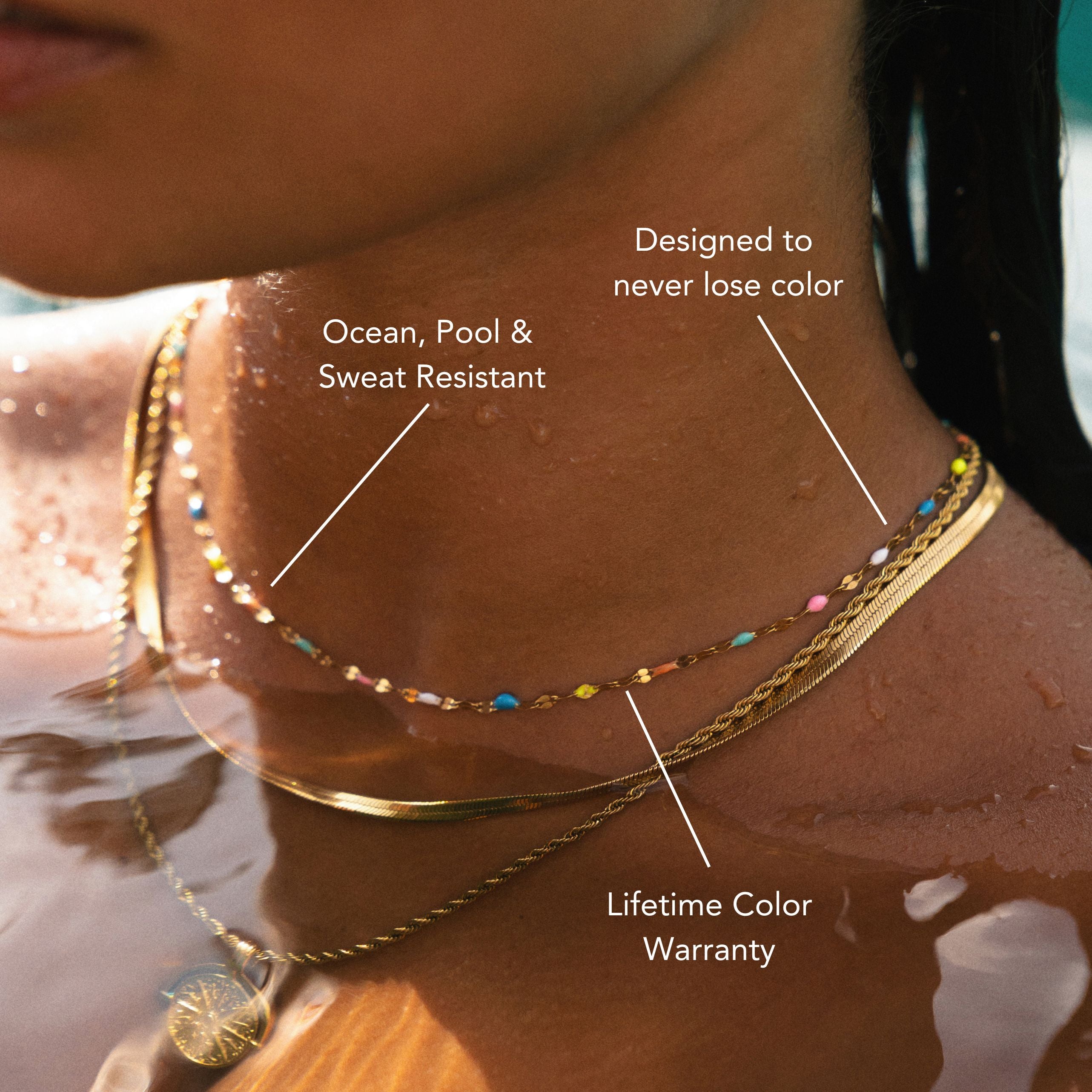
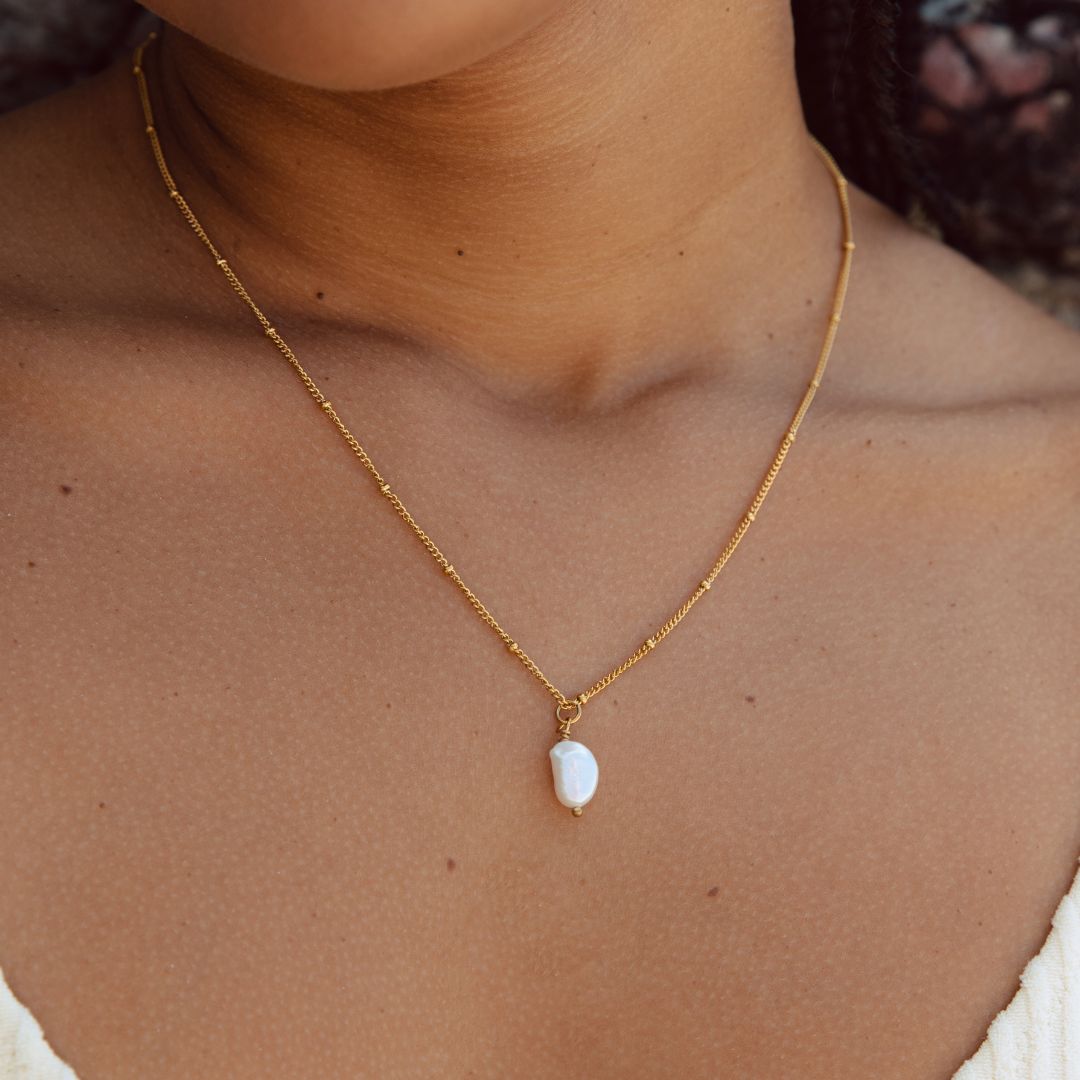

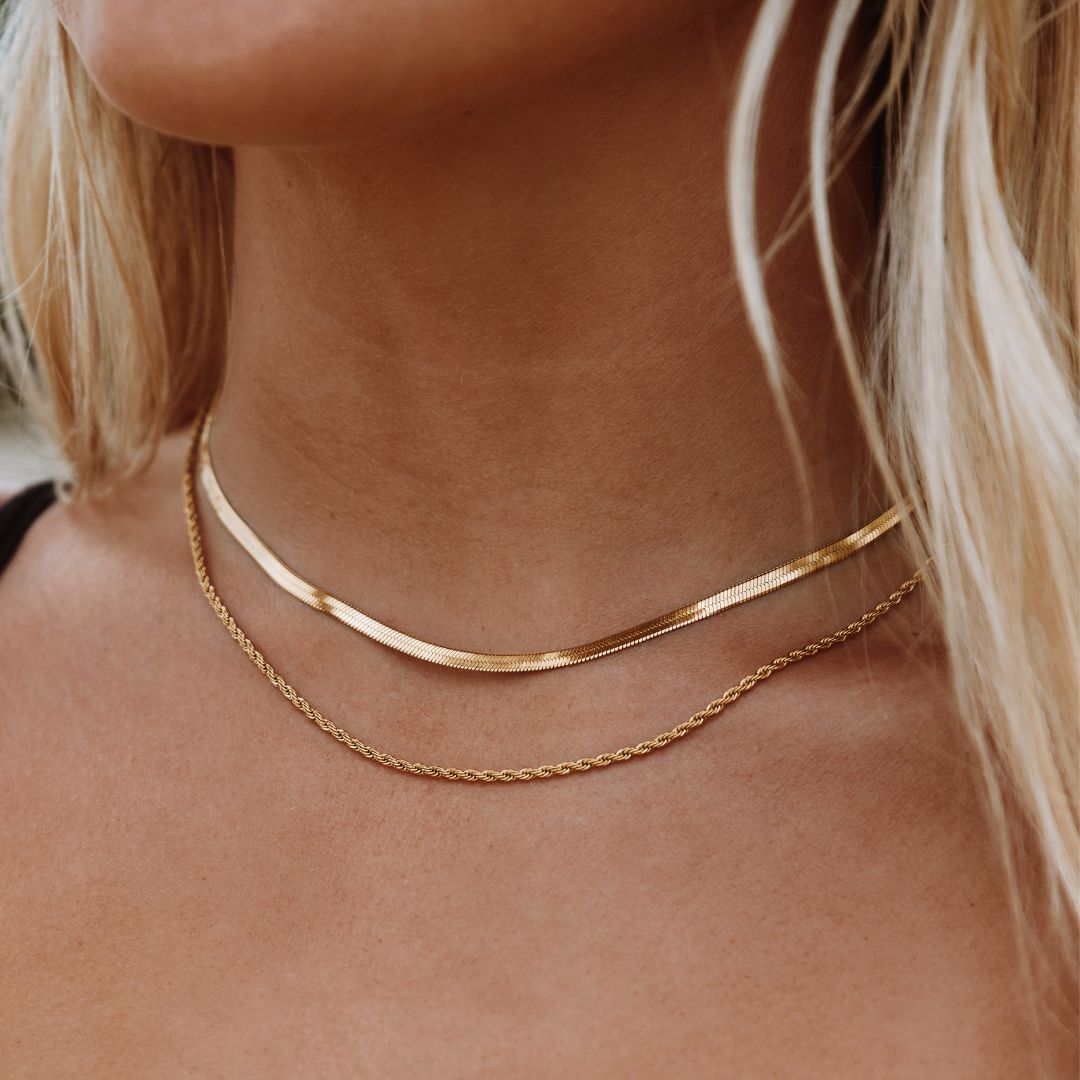
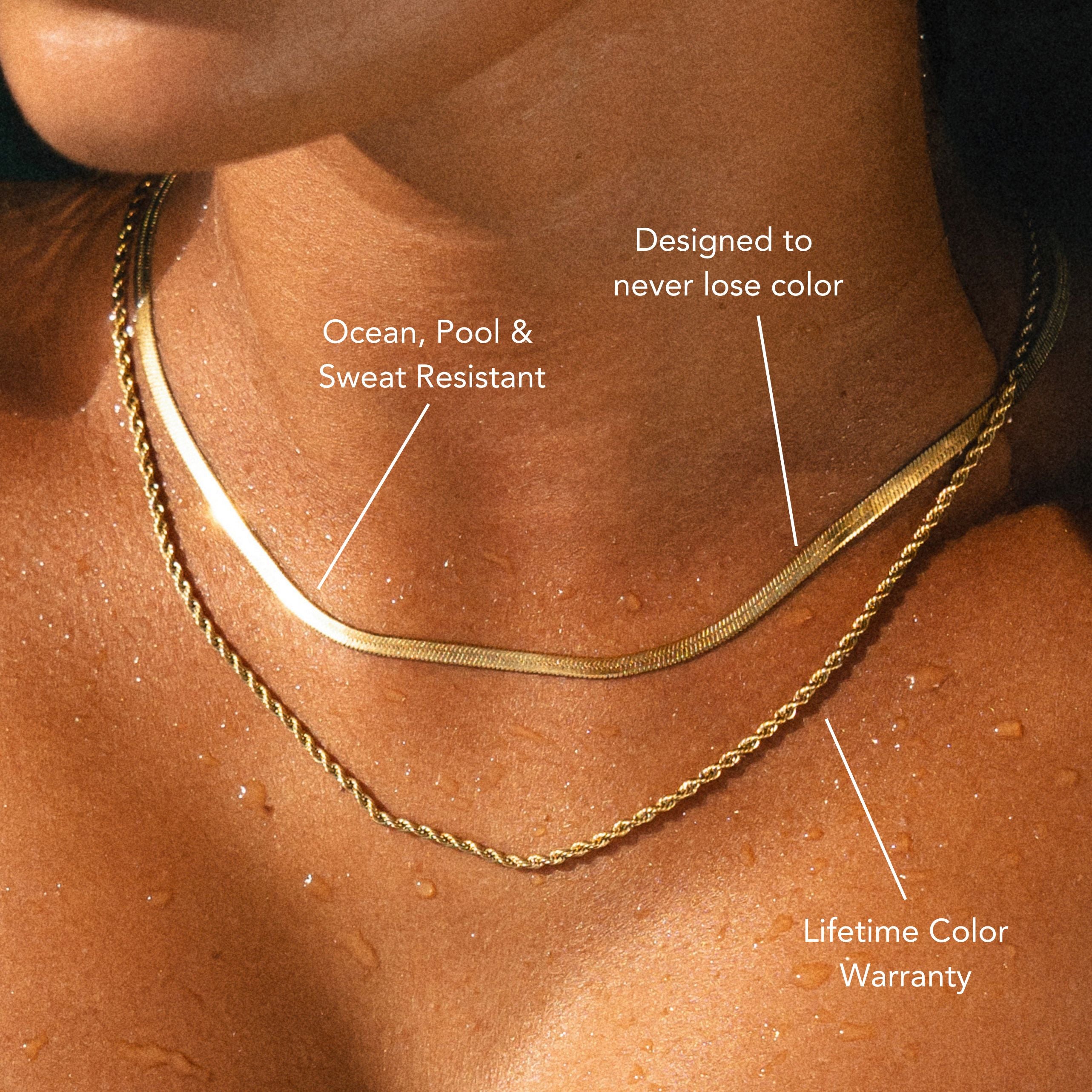
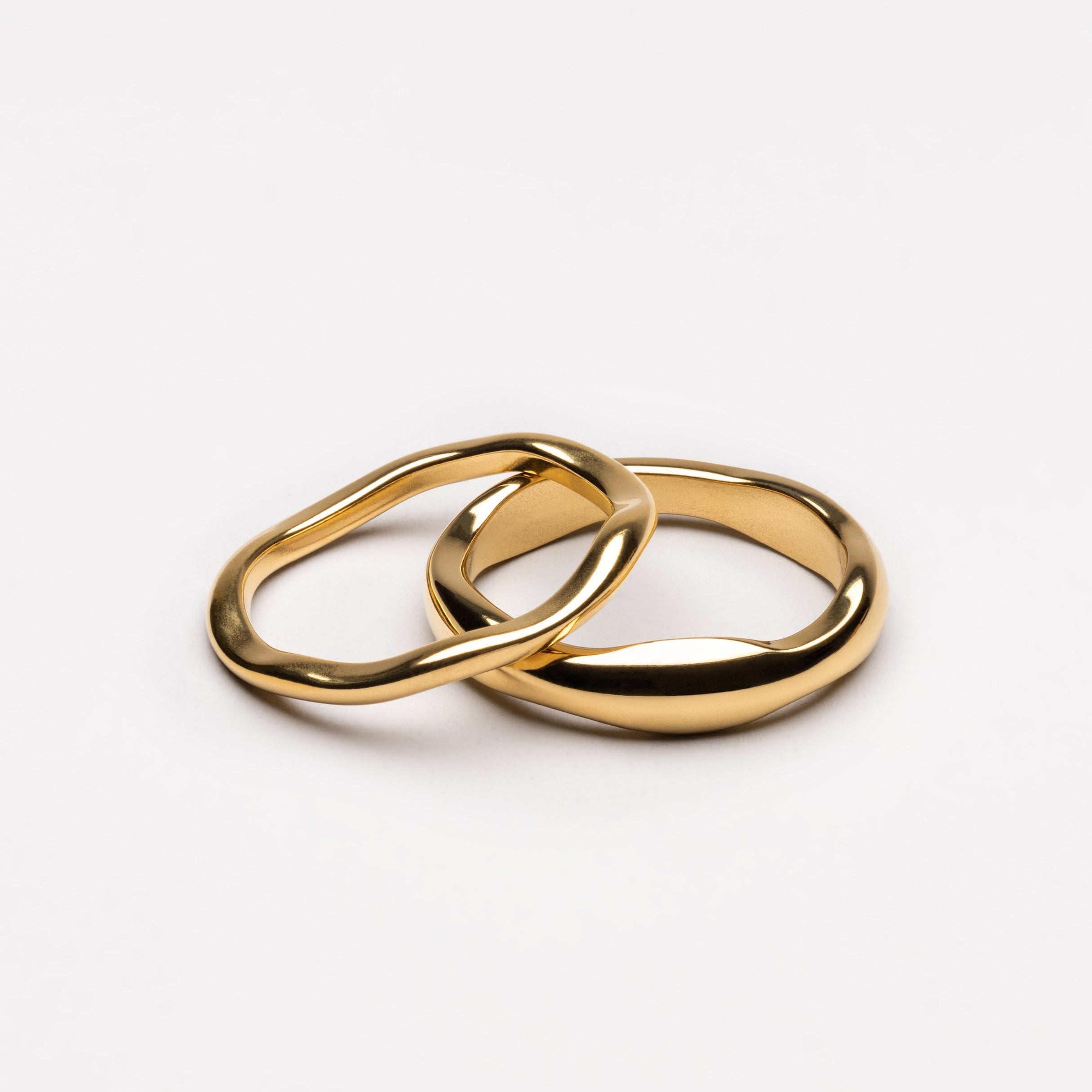
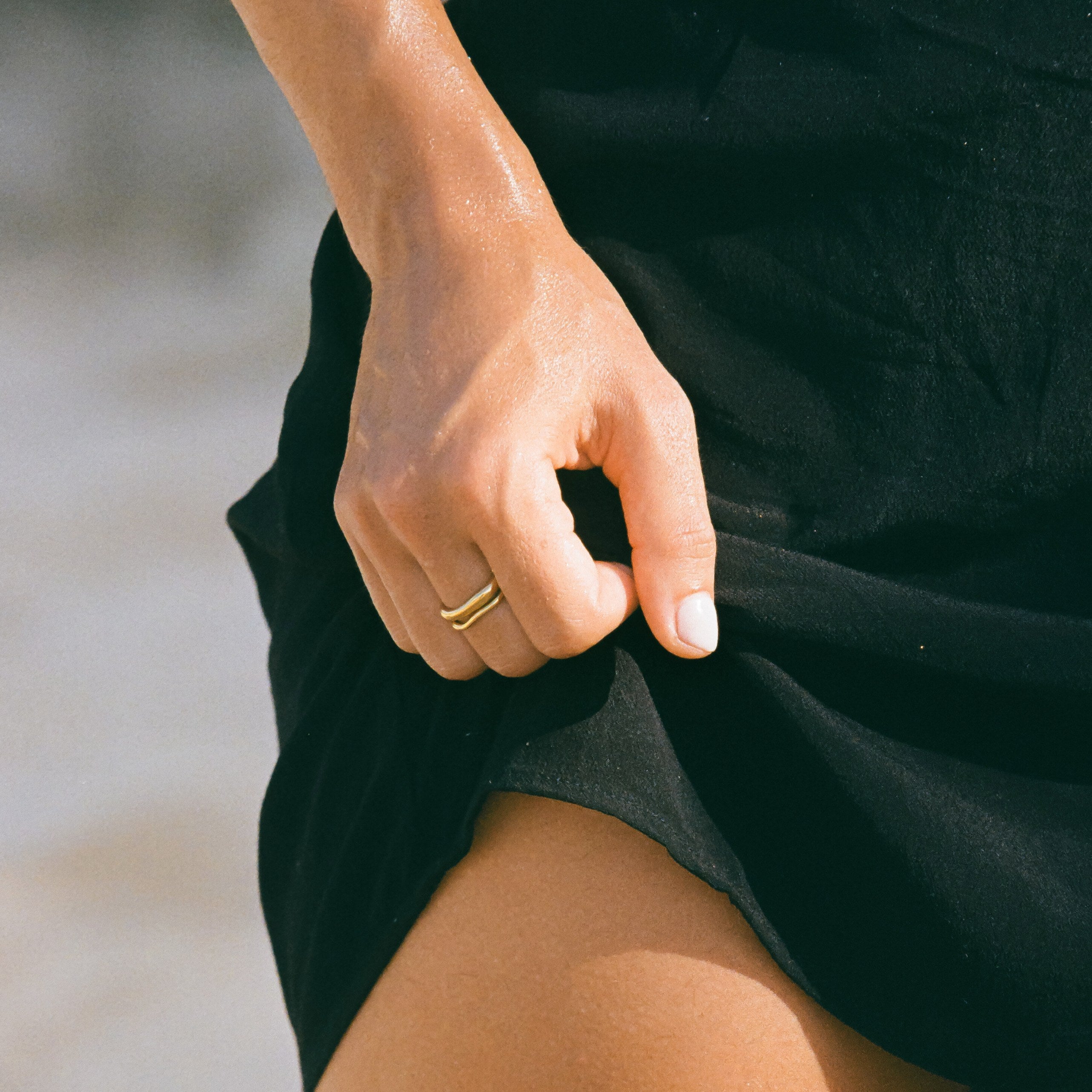
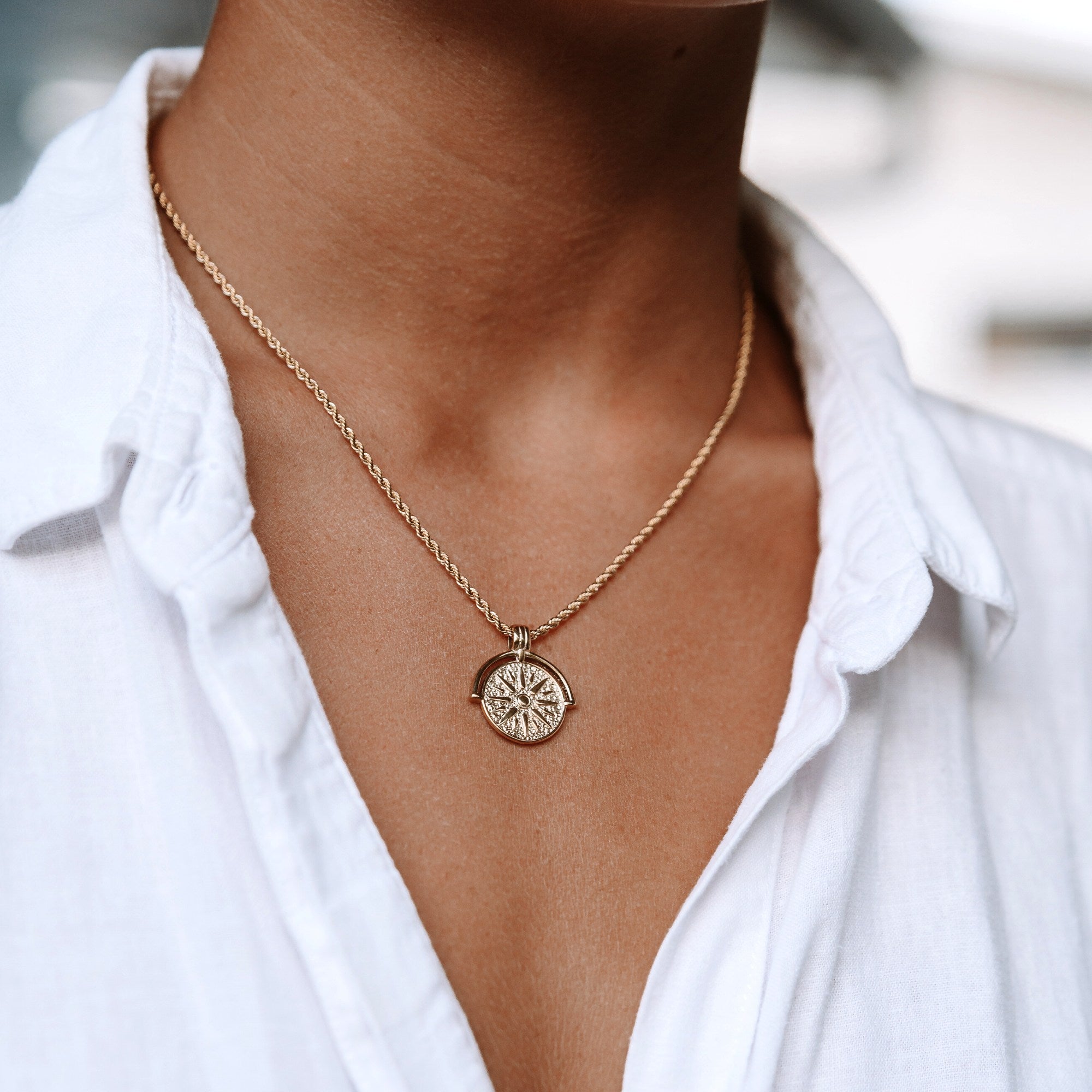
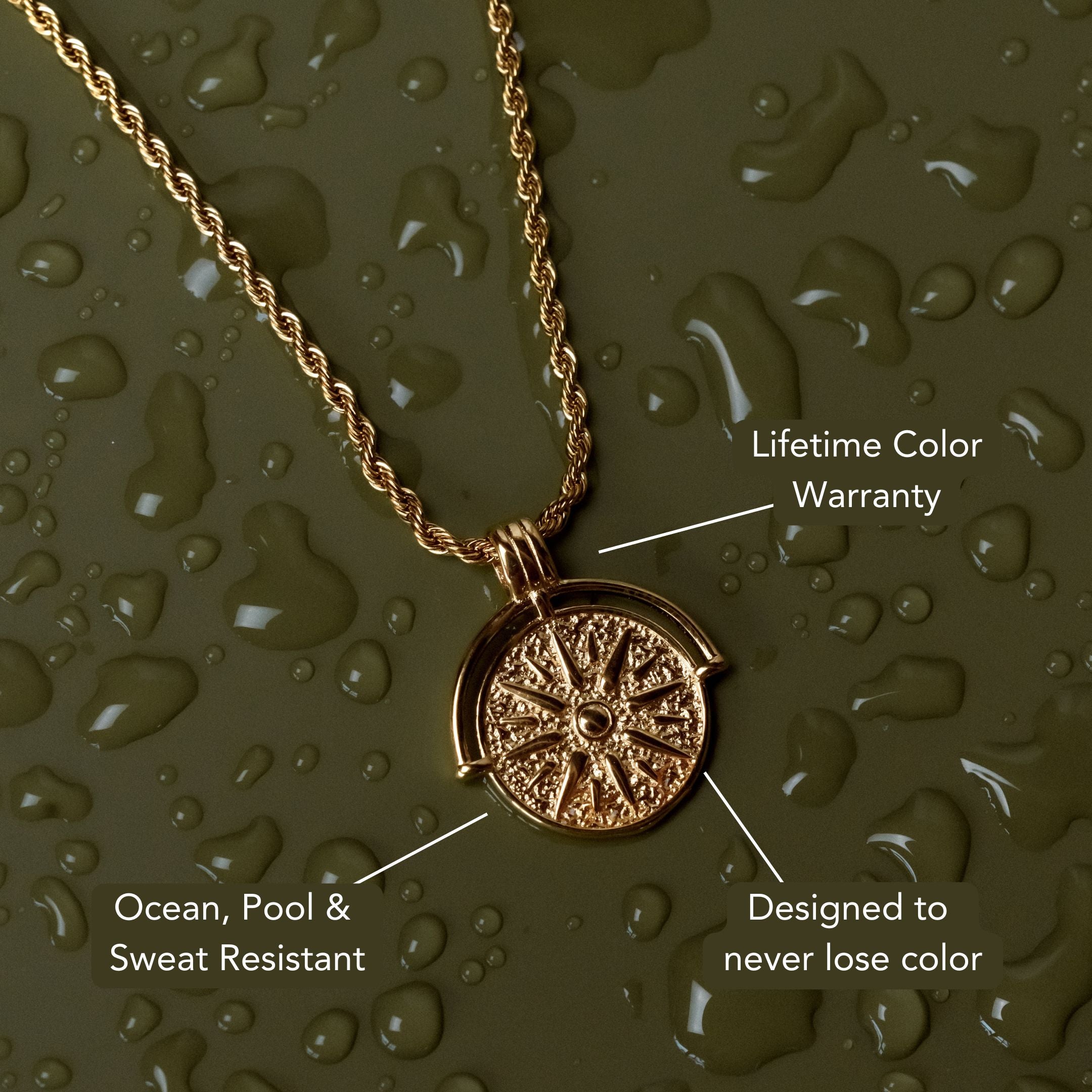
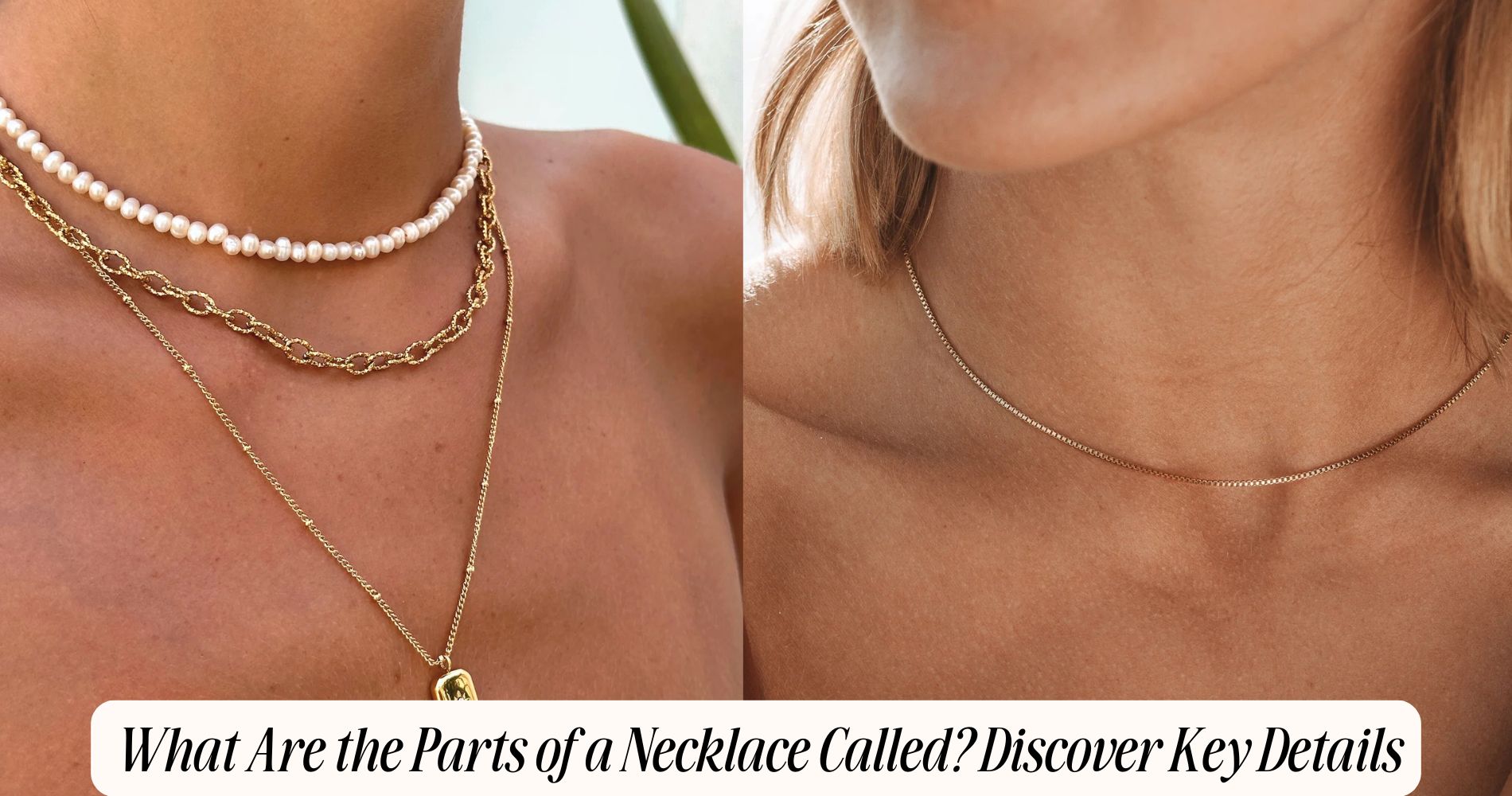





Leave a comment
This site is protected by hCaptcha and the hCaptcha Privacy Policy and Terms of Service apply.